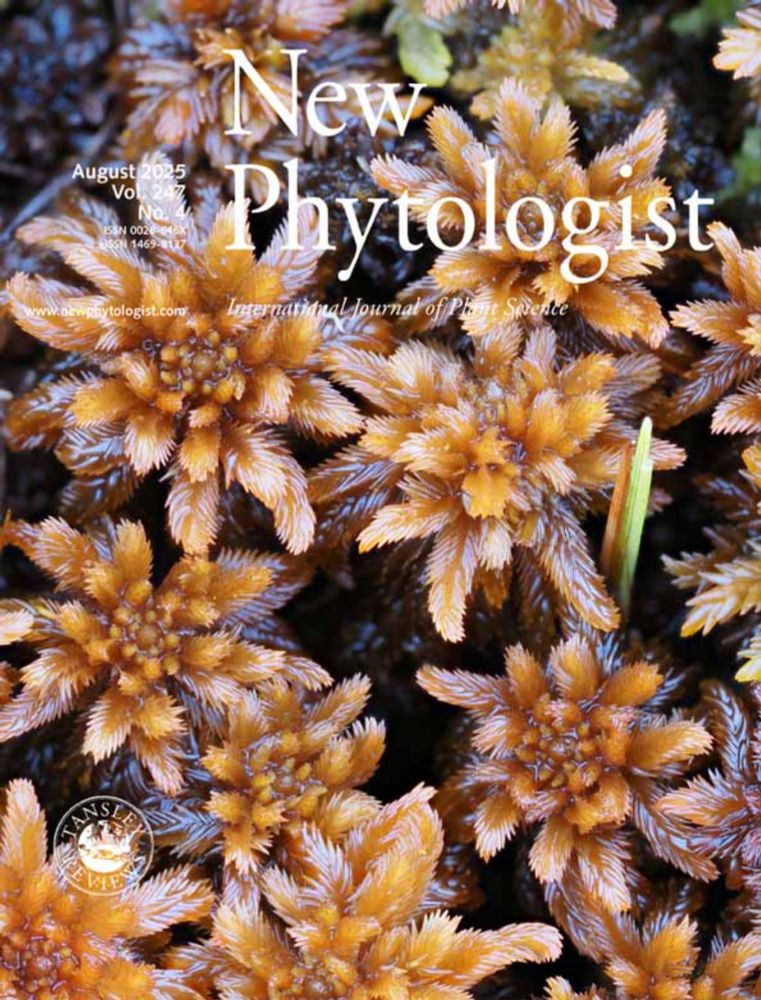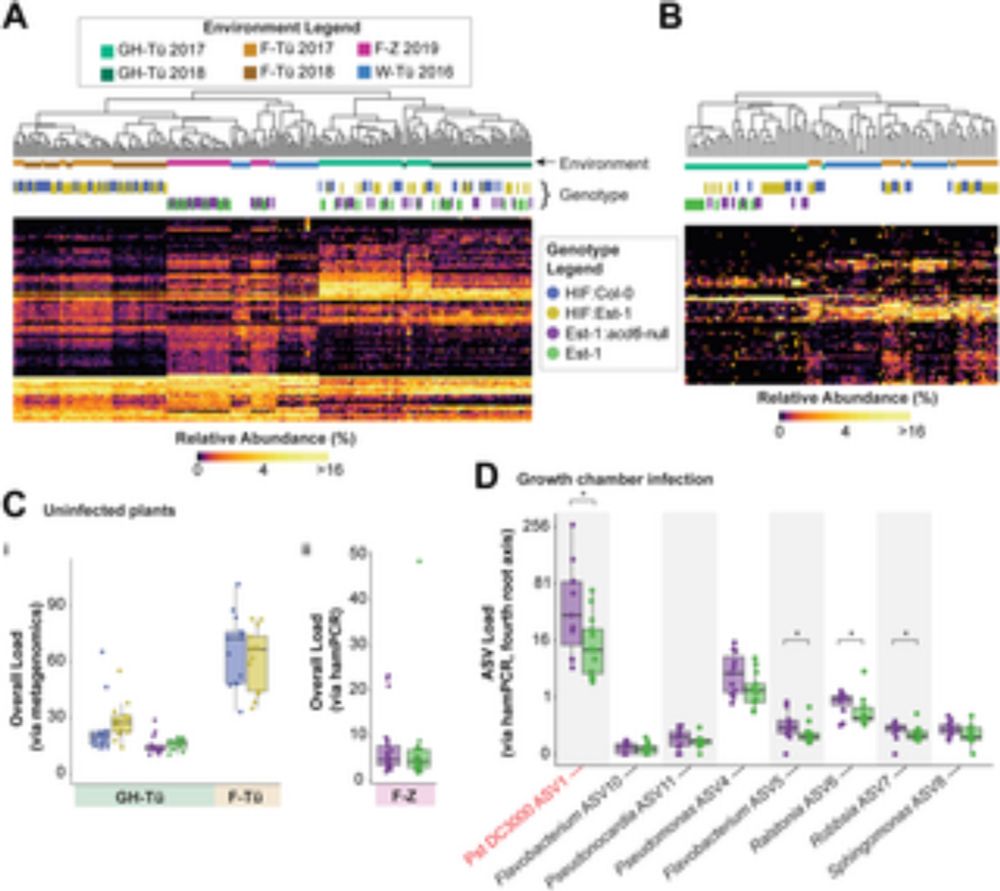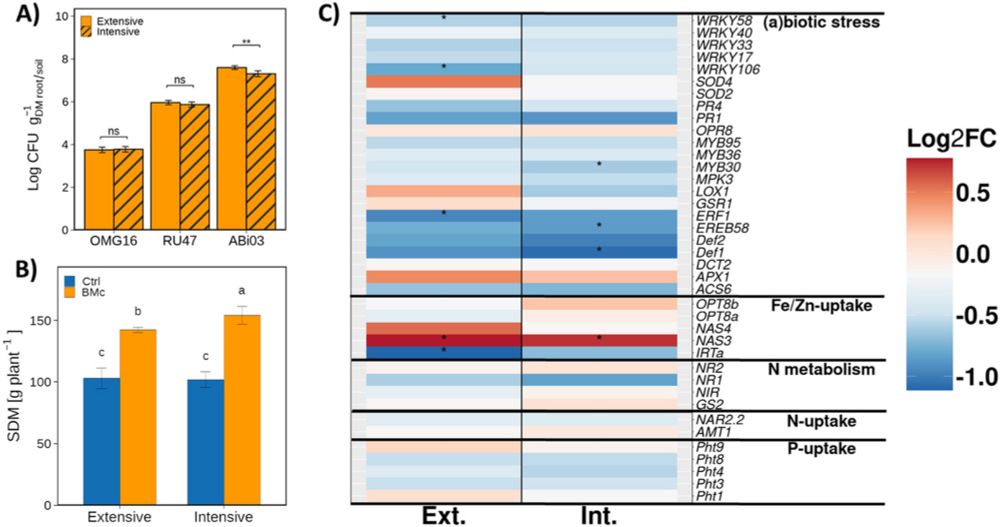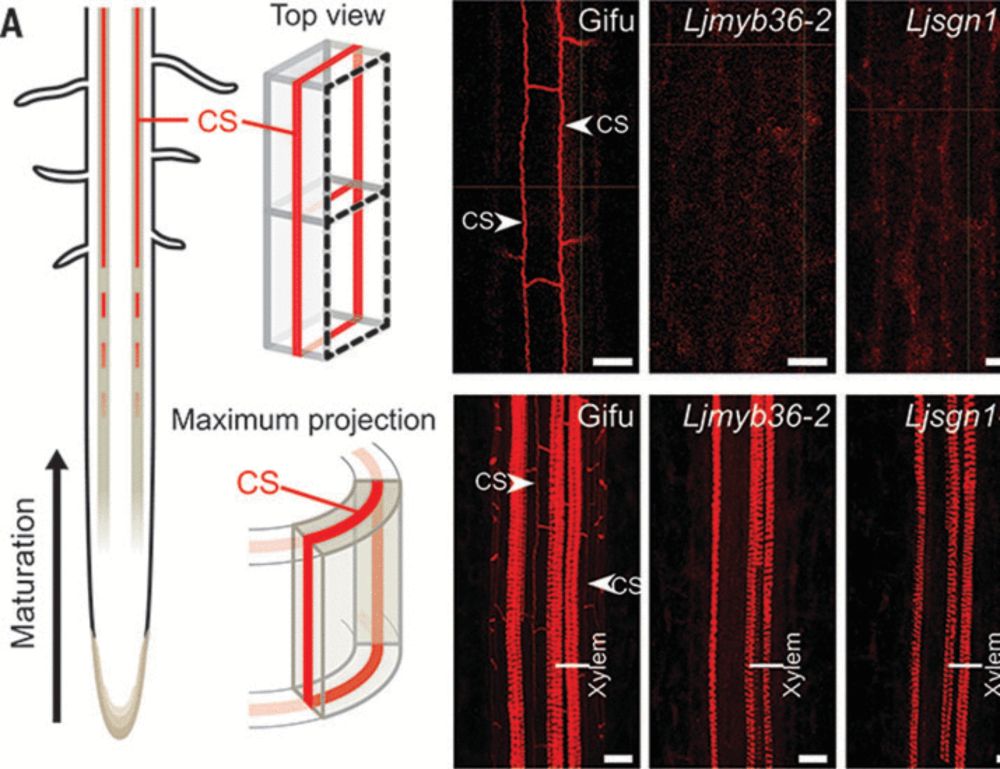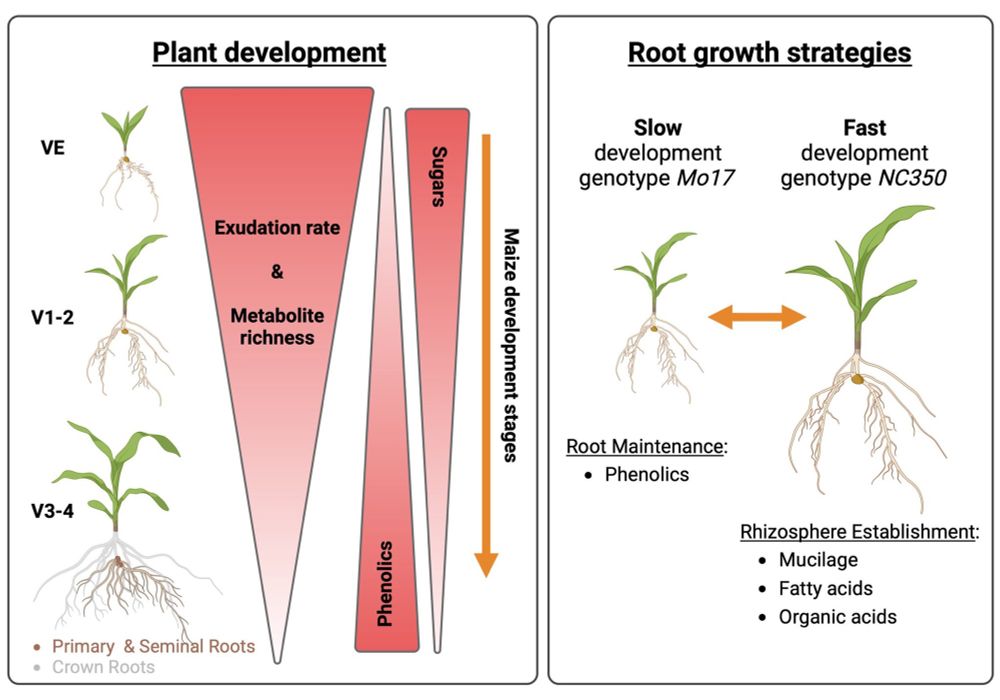Eliza Loo
@elizaloopi.bsky.social
1.2K followers
210 following
8 posts
Nutrient exchange between plants and microbes :: Group leader
@healthycrops.bsky.social, @ceplas.bsky.social, @hhu.bsky.social
Posts
Media
Videos
Starter Packs
Reposted by Eliza Loo
Reposted by Eliza Loo
Eliza Loo
@elizaloopi.bsky.social
· Jul 27
Reposted by Eliza Loo
Reposted by Eliza Loo
Glen Dsouza
@nonresidentdesi.bsky.social
· Jun 13
Eliza Loo
@elizaloopi.bsky.social
· May 17
Eliza Loo
@elizaloopi.bsky.social
· Apr 19
Eliza Loo
@elizaloopi.bsky.social
· Apr 11
Reposted by Eliza Loo
Ren Ujimatsu
@rujimatsu.bsky.social
· Apr 11
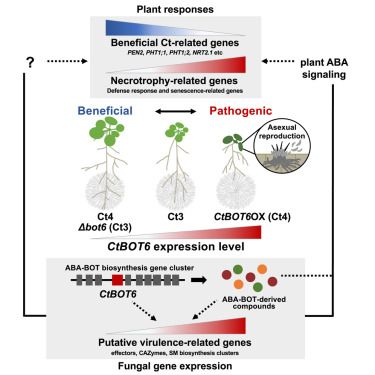
A fungal transcription factor converts a beneficial root endophyte into an anthracnose leaf pathogen
Endophytic fungi colonize healthy plant tissues without disease. Ujimatsu et al. reveal
that the fungal transcription factor CtBOT6 triggers the virulence of a root-associated
beneficial endophyte by ...
www.cell.com
Reposted by Eliza Loo
Reposted by Eliza Loo
Eliza Loo
@elizaloopi.bsky.social
· Mar 26
Eliza Loo
@elizaloopi.bsky.social
· Mar 21
Reposted by Eliza Loo
Reposted by Eliza Loo
Justin Stewart
@thecrobe.bsky.social
· Mar 6
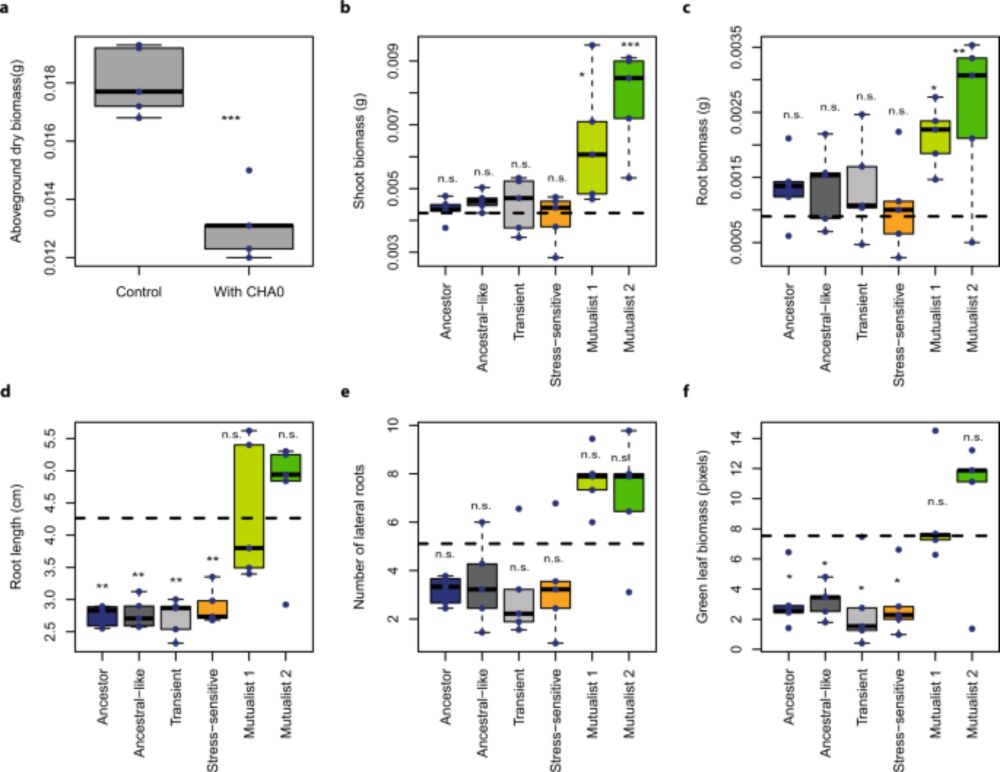
Rapid evolution of bacterial mutualism in the plant rhizosphere - Nature Communications
Beneficial plant-microbe interactions are common in nature, but direct evidence for the evolution of mutualism is scarce. Here, Li et al. experimentally evolve a rhizospheric bacterium and find that i...
www.nature.com
Reposted by Eliza Loo
Reposted by Eliza Loo
Marc Somssich
@somssich.bsky.social
· Feb 28
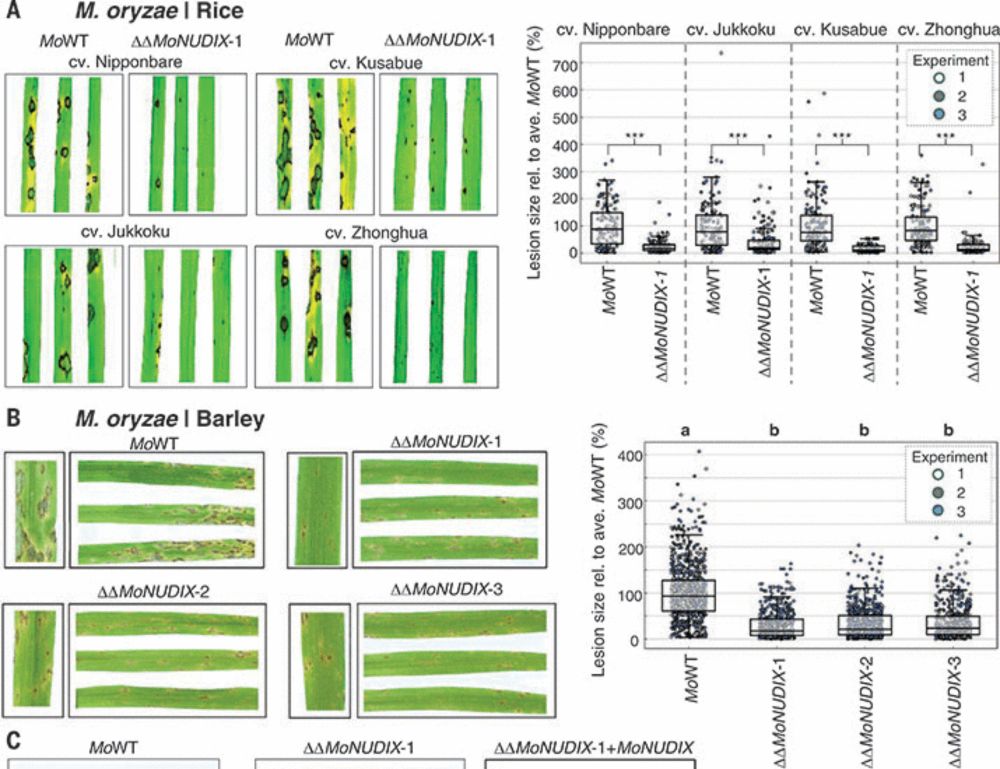
Plant pathogenic fungi hijack phosphate signaling with conserved enzymatic effectors
Inorganic phosphate (Pi) is essential for life, and plant cells monitor Pi availability by sensing inositol pyrophosphate (PP-InsP) levels. In this work, we describe the hijacking of plant phosphate s...
www.science.org





